China is gradually abandoning US dollar-denominated assets in favor of gold - a move towards a global de-dollarization campaign led by Beijing.
China’s economic position is growing stronger and the renminbi (RMB) is becoming a competitor to the US dollar. The world’s second largest economy is also an influential member of the BRICS+ group (including Brazil, Russia, India and South Africa).
International political experts believe that the growth of BRICS is posing a challenge to the world order, considered a “formidable” rival to the G7 and other international organizations. BRICS is creating a new economic, social and monetary status quo, reversing what the world has accepted as normal for nearly eight decades.
Although the US administration does not use the term “threat,” it now sees China as the “most serious long-term challenge” to the international order. This also explains why China’s strategic goal is to end the dominance of the US dollar, which is considered a solid foundation for US power.
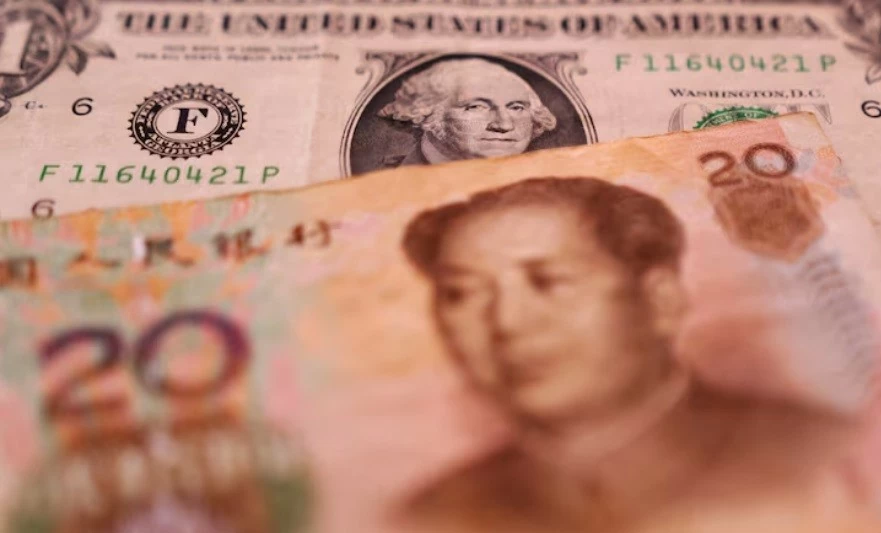 |
| The US dollar still outperforms other currencies despite its declining influence. (Source: Reuters) |
The position of the USD
The dominance of the US dollar contributes to the consolidation of US power in the current international order, as French economist Denis Durand explained in his article Guerre monétaire internationale: l'hégémonie du dollar contestée? (International currency war: The hegemony of the dollar challenged?).
"In addition to the fact that some currencies are pegged to the US dollar by a fixed link or through a fluctuation band, the US currency is also used in many countries and regions of Eastern Europe, where it enjoys much higher public confidence than the domestic currency(...) The US is currently the only power that can carry foreign debt in its own currency," economist Denis Durand analyzed.
The US dollar’s enormous influence on the global economy is reflected in its outsized share of foreign exchange reserves held by many central banks around the world. The US dollar remains dominant over other currencies despite its declining influence.
Despite a 12 percentage point decline from 1999 to 2021, the share of the US dollar in the official assets of central banks around the world has remained fairly stable at around 58-59%.
The US dollar remains widely trusted around the world, cementing its status as the leading reserve currency. The US dollar reserves of central banks around the world are invested in US Treasury bonds in US capital markets, helping to reduce the cost of financing both government debt and private investment in the US.
However, the power that the US economy has gained from the dollar’s dominance in the international market could also collapse like a house of cards, according to expert Denis Durand. According to him, there are two main reasons why the world’s confidence in the dollar could decline.
First, as US Treasury Secretary Janet Yellen admitted in an interview in April 2023, the US is using the US dollar as a tool to “subdue” its opponents and influence its allies, which could eventually weaken the dollar’s position.
On the other hand , the US public debt situation is quite worrying, especially the unsustainability of the debt is a threat to the attractiveness of the USD as a global reserve currency. In 2023, the US public debt reached more than 33.4 trillion USD, 9 times the amount in 1990. This huge number continues to raise concerns about its sustainability. US Federal Reserve Chairman Jerome Powell has pointed out that US debt is growing faster than the economy, making it unsustainable in the long term.
"Golden opportunity" for China
In fact, the US debt is a "golden opportunity" for China, and the world's second largest economy has taken advantage of this. Beijing has carried out a major sell-off of its US debt holdings. From 2016 to 2023, China sold $600 billion of US bonds.
China is continuing its sell-off of US Treasuries. According to the US Treasury Department, China will sell $100 billion of US Treasuries between March 2023 and March 2024, on top of the $300 billion it has sold over the past decade.
In August 2017, China surpassed Japan to become the largest creditor of the United States. China also holds more than $1.146 trillion in US Treasury bonds, nearly 20% of all foreign government holdings. Beijing is now Washington's second-largest foreign creditor.
It is certainly no coincidence that before divesting from US bonds, Beijing first introduced its own gold pricing system in yuan. On April 19, 2016, the Shanghai Gold Exchange, China’s precious metals regulator, announced on its website the first daily “fixed” benchmark for gold at 256.92 yuan per gram.
Clearly, this policy is part of China's strategy to turn gold into a tangible backing for its currency.
At the same time, China has replaced about a quarter of its 10-year U.S. Treasury bonds with gold. The Northeast Asian nation is also the world's top producer and consumer of gold. Like China's central bank, many central banks continue to buy gold.
As an alternative to the US dollar, gold allows China to store profits from its large trade surplus.
With the Shanghai Gold Exchange, which offers gold trading contracts in yuan, Beijing is looking to increase the use of its currency abroad with the aim of establishing the yuan as a benchmark currency for the global economy.
Pressure from former President Donald Trump
However, China's currency is also under pressure from the possibility of Republican candidate Donald Trump's return as US President, not only from speculators shorting the currency but also from mainland exporters hoarding dollars.
Even as China’s stock market rallies on the back of Beijing’s comprehensive economic stimulus package, the looming gloom of a Donald Trump victory in the November election and the threat of further trade tariffs continue to weigh on the yuan.
The yuan has weakened about 1.5% for about three consecutive weeks, its sharpest decline in more than a year.
“Over the next 12 to 18 months, as China faces the prospect of higher trade tariffs from all directions, the easiest policy adjustment mechanism for the economy may be currency depreciation,” said Rong Ren Goh, a fixed income portfolio manager at Eastspring Investments.
Source: https://baoquocte.vn/tan-dung-no-cong-khung-cua-my-trung-quoc-tham-vong-dung-vang-de-ha-guc-dong-usd-291582.html




![[Photo] General Secretary To Lam attends the 80th Anniversary of the Cultural Sector's Traditional Day](https://vstatic.vietnam.vn/vietnam/resource/IMAGE/2025/8/23/7a88e6b58502490aa153adf8f0eec2b2)



![[Photo] Prime Minister Pham Minh Chinh chairs the meeting of the Government Party Committee Standing Committee](https://vstatic.vietnam.vn/vietnam/resource/IMAGE/2025/8/23/8e94aa3d26424d1ab1528c3e4bbacc45)


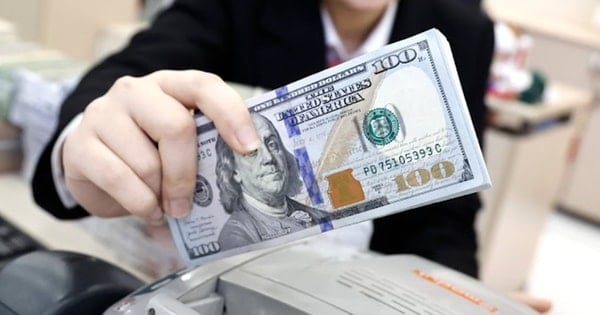


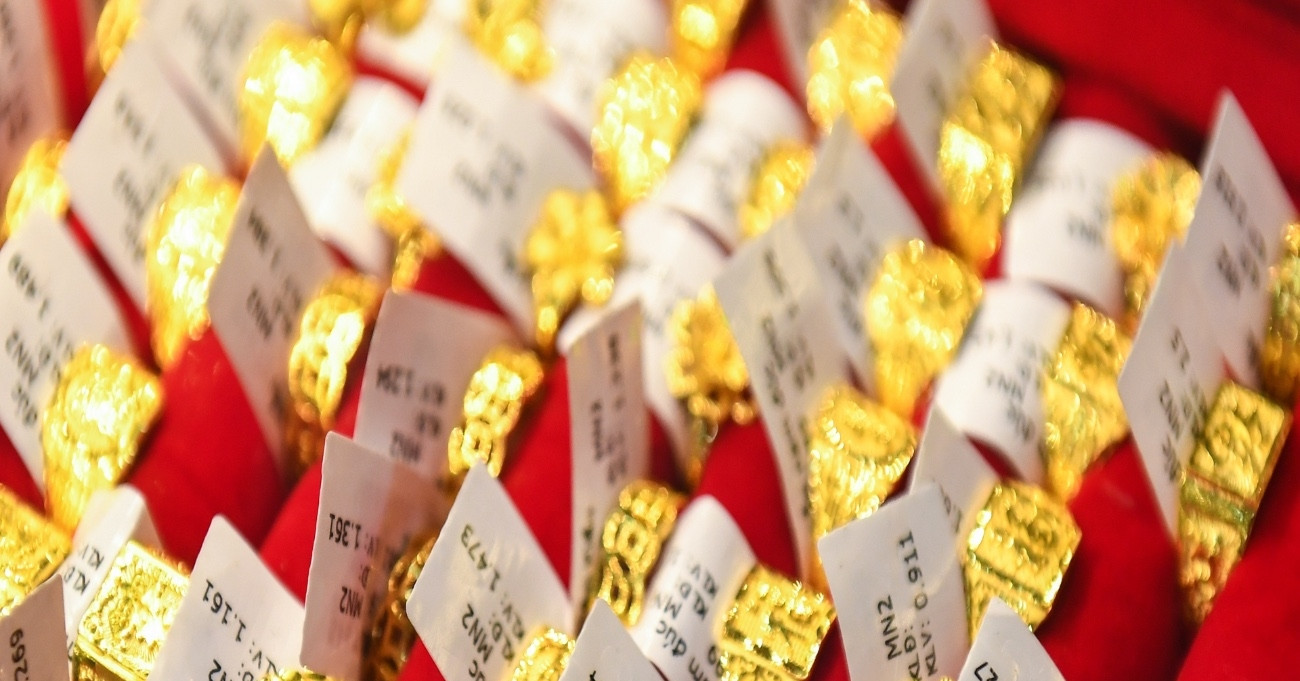

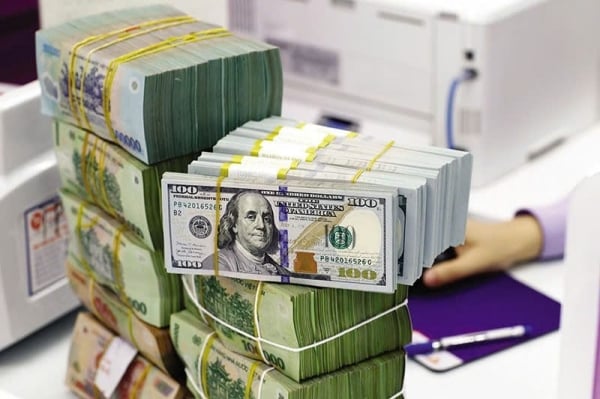

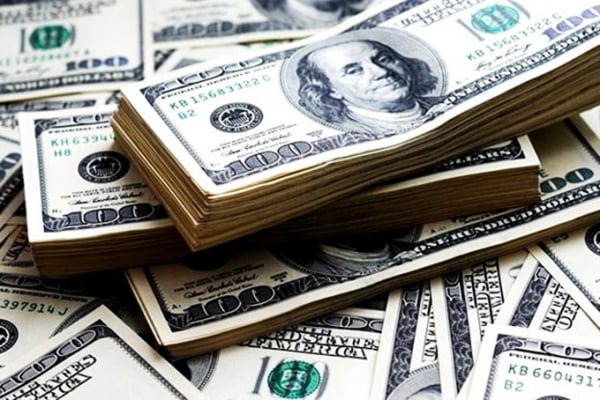







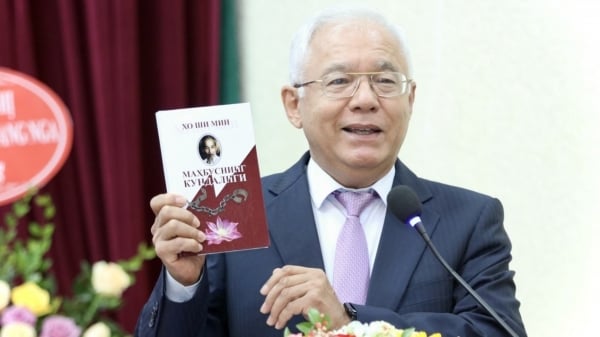












































































Comment (0)